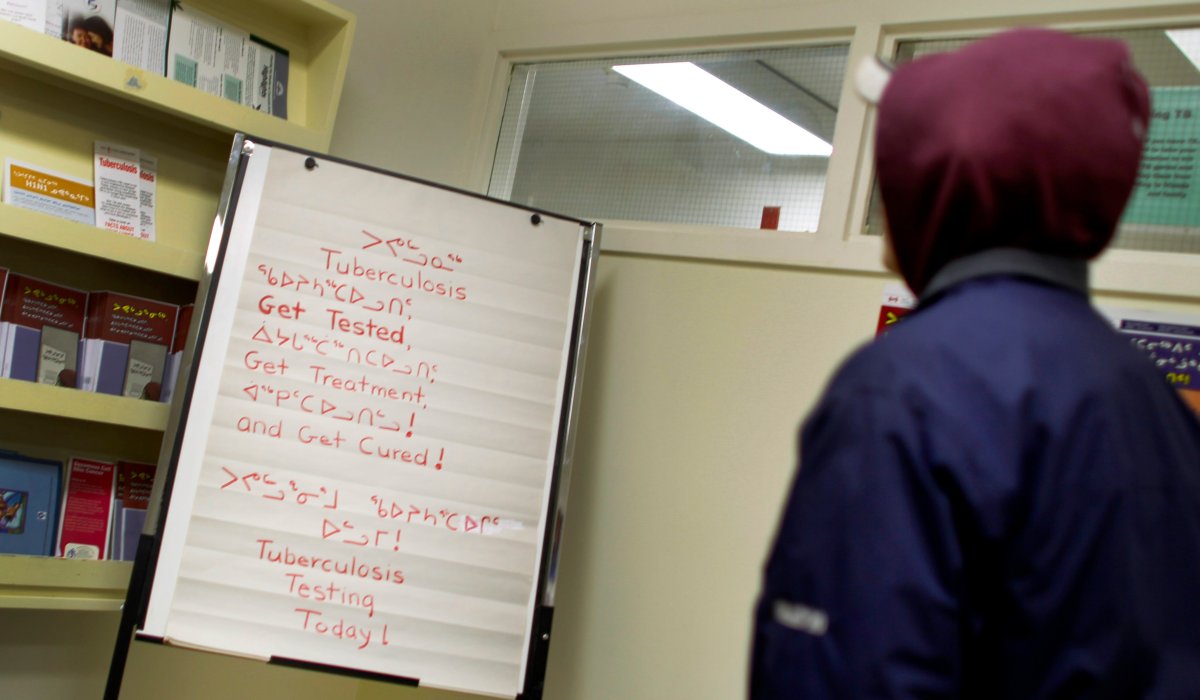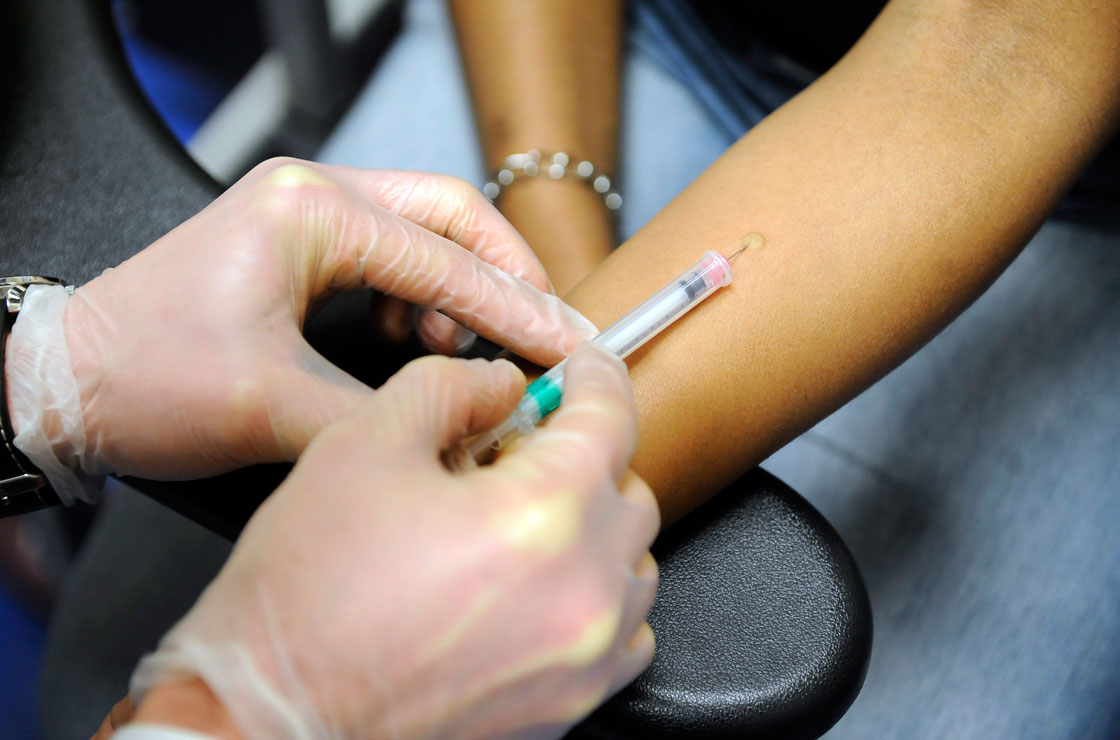A hundred and forty-seven years ago, tuberculosis was the leading cause of death in Canada. Today, it’s a thing of the past – if you’re lucky.

Canada has one of the lowest TB rates in the world. But the infectious disease continues to disproportionately affect some populations.
Aboriginal-Canadians remain at a much higher risk of TB, according to the Tuberculosis Prevention and Control in Canada report released this week by Health Canada.
In 2012, Aboriginal people accounted for 23 per cent of reported cases of active TB in Canada, despite only accounting for 4 per cent of the country’s population. Inuit are almost 400 times more likely to get tuberculosis – likely thanks to poorly ventilated homes, overcrowded communities and poor nutrition, the report states.
Although Health Canada reports that cases of TB among Aboriginal peoples have declined in the past 30 years – and dropped from about 84 cases per 100,000 among First Nations people in 2000 to about 37 cases per 100,000 in 2008 – the rates continue to be much higher than those of non-Aboriginal Canadian-born populations.
To combat the high numbers, a pilot public health awareness campaign, TAIMA TB, was assembled in Iqaluit to educate communities about TB, provide home screening for those with latent TB infections and treatment to people who were at a high risk for developing the disease. During the campaign, the number of people who used public health to test for TB increased. And about one-third of those screened for TB in their homes tested positive for latent (or silent) tuberculosis through newly-available blood testing. Those testing positive for active TB were identified earlier than normal, a progress report says, breaking the infectious cycle and preventing further spread.
A long-distance disease
Almost two-thirds of the country’s TB cases are in foreign-born Canadians – the disease hitches a ride and can remain “silent” for years, doctors say. Poverty and stresses associated with integration into society may also be factors.
“Almost all of the TB in Canada comes with new Canadians who emigrate to Canada and then reactive their TB either soon after arrival or when they age,” explained Dr. Jay Keystone, consulting attending physician at the Medisys Travel Health Clinic in Toronto.
Citizenship and Immigration said in a statement to Global News that, “all potential permanent residents and certain temporary residents, those from countries with TB, for example, are required to undergo an Immigration Medical Examination as part of their application process to come to Canada. Screening for TB is part of that testint. CIC will not allow individuals with active TB travel to Canada.”
They may not find it, though.
“We do screen all immigrant for TB with a chest x-ray but they often have silent TB,” Keystone said. “In fact, one-third of the developing world has silent TB, so when they come in with silent TB, stressors may cause it to reactivate or as you get older your immunity wanes and that’s when it reactivates later in life.”
People with latent TB do not present any symptoms. Although they are infected with the bacterium, they do not have TB disease and are not infectious.
The Public Health Agency of Canada estimates that in 2004, the Canadian healthcare system spent $74 million in TB-related expenditures, an average of $47,000 per active TB case.
The United States found that the majority of TB cases originated from foreign-born persons, predominantly from Mexico, the Philippines, India, Vietnam and China.
India and China are both major sources of immigrants to Canada and are among 11 targeted markets for tourism here, according to the Canadian Tourism Commission (CTC). They are also listed with some of the highest rates of TB in the world by the World Health Organization (WHO). India recorded about 1.1 million cases in 2012; China, more than 850,000. Canada also targets Brazil, which reported more than 75,000 cases in 2012.
- ‘Shock and disbelief’ after Manitoba school trustee’s Indigenous comments
- ‘Super lice’ are becoming more resistant to chemical shampoos. What to use instead
- Is home ownership only for the rich now? 80% say yes in new poll
- Invasive strep: ‘Don’t wait’ to seek care, N.S. woman warns on long road to recovery
When selecting countries to target for tourism, the commission doesn’t look at possible health risks associated with regions, but rather the best return on investment dollars, said the CTC in an email to Global News.
“We target those travellers who have a high propensity to spend, and invest in those markets where Canada’s strong tourism brand leads.”
“TB rates are higher in certain regions because, in general, of the population density,” said Sumontra Chakrabarti, infectious disease and tropical medicine physician with Trillium Health Partners in Mississauga. “It was all over the world before, even in Canada up until the 1970’s. But because of our TB control programs, we were actually able to almost eliminate it in most places, but that kind of organized approach hasn’t been available in places like India, Southeast Asia and certain parts of Africa as well.”
TB also kills more people than almost any infectious disease worldwide, second only to HIV/AIDS. About 8.6 million people contracted it in 2012 and 1.3 million resulted in death.




Comments